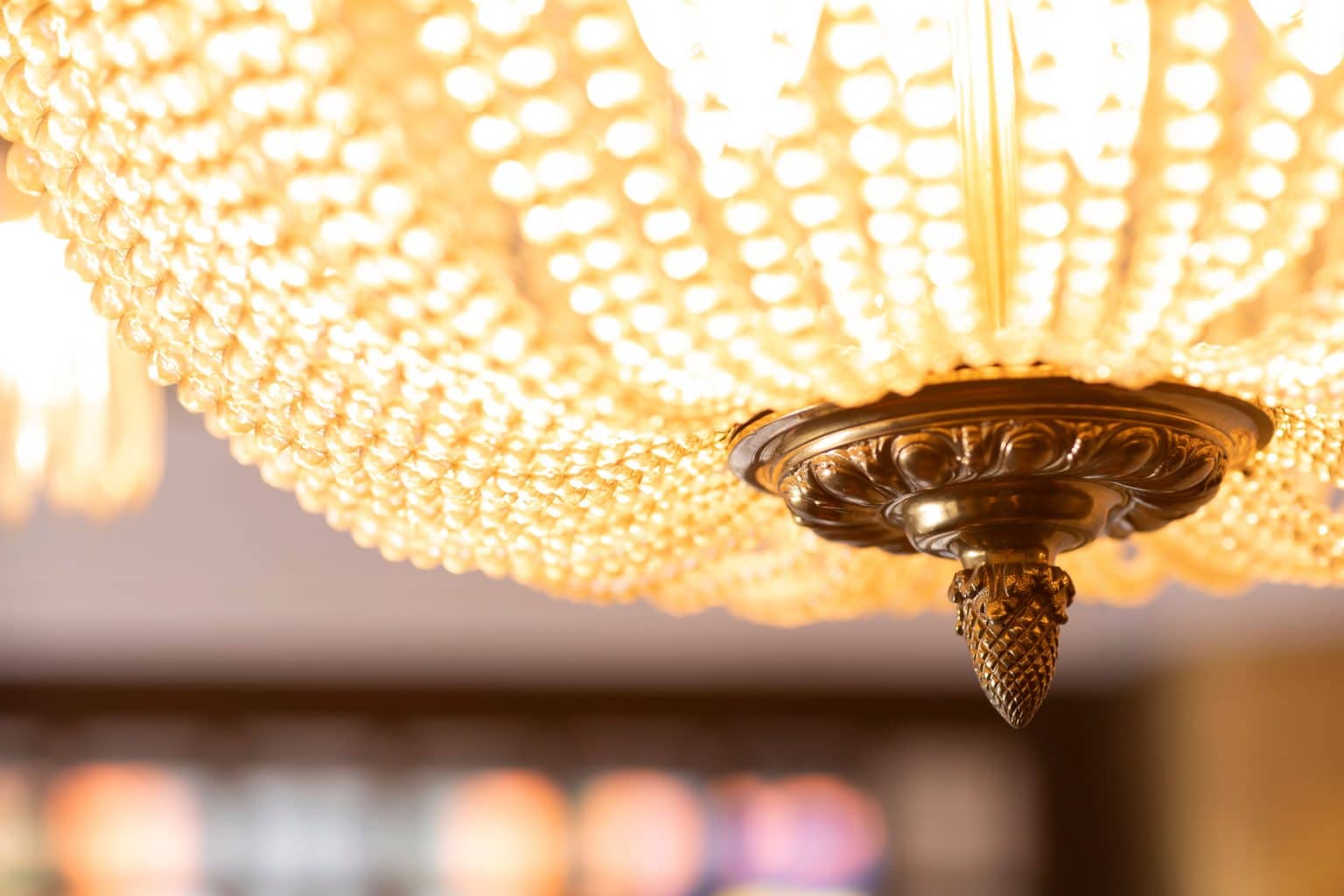

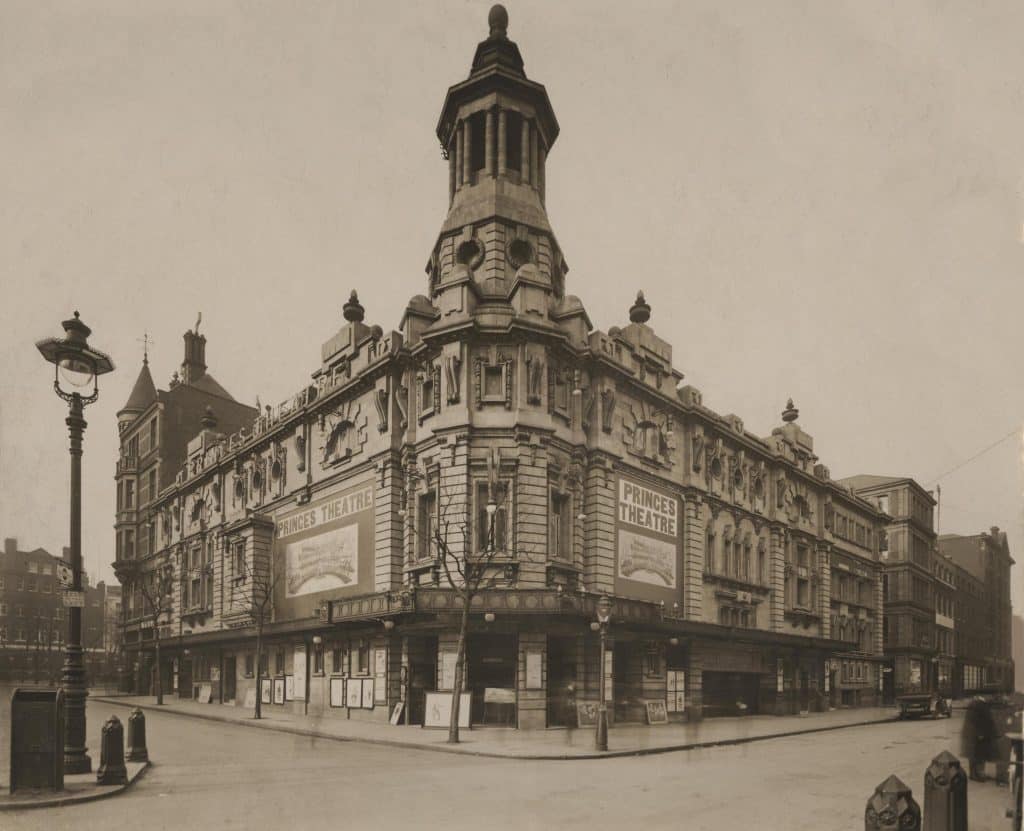
As the largest independent theatre in the West End, the Shaftesbury Theatre takes pride in being distinctive, open and original. It presents the very best of both emerging and established talent and has a reputation for high quality productions that are often World or British premieres, with many going on to win multiple awards for their innovation and originality. The Shaftesbury believes in welcoming all communities into the building and seeks to present work of the widest appeal in an ever improving physical environment where our audience is both challenged and entertained. It has consistently championed unheard voices.
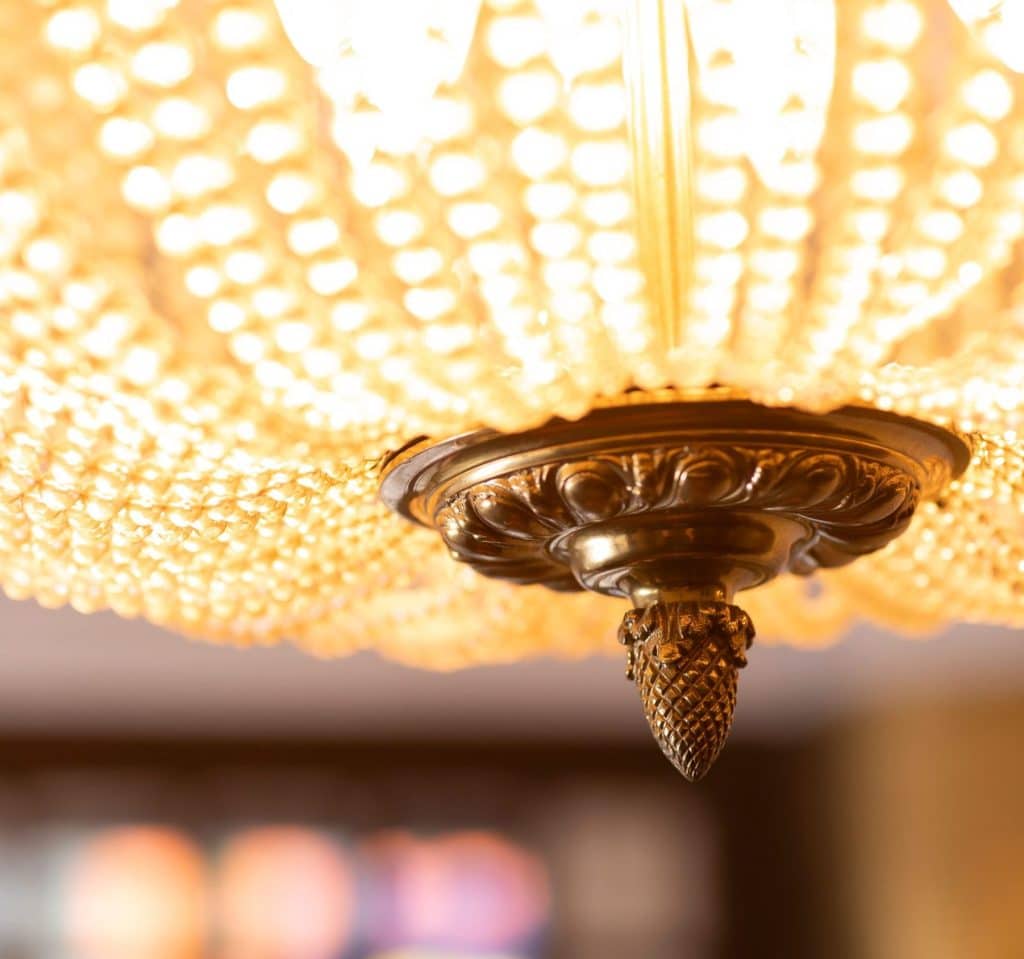
In 1911, Frederick and Walter Melville commissioned Bertie Crewe to design the New Princes Theatre. The Melvilles were part of a long line of playwrights, actors and producers, and the New Princes Theatre allowed the brothers to continue the tradition. Constructed in just five months, the Theatre opened on Boxing Day, 1911, with a production of The Three Musketeers.
The word “new” was dropped within a couple of years of opening, becoming known only as the Princes Theatre. After several decades of success, the Theatre changed its name, becoming the Shaftesbury Theatre in 1962.

The 1920s saw great success for the Theatre, with a series of Gilbert & Sullivan productions drawing in large audiences. Performances of The Gondoliers, Trial by Jury, The Yeomen of the Guard and many others were a sell-out success and were repeated again and again, often twice a year throughout the early 1920s.
The Theatre attracted large stars like Fred Astaire, Adele Astaire and comedian Leslie Hensen in their production of Funny Face, although a few short weeks after opening there was an explosion immediately outside the Theatre caused by a broken gas main. This caused such severe damage that the play was immediately closed, and the Theatre’s future put at risk. Thankfully, the Theatre reopened in September 1929 with a critically acclaimed production of The Flying Fool by Arnold Ridley and Bernard Merivale.
By the 1930s, the cinema was becoming a cheaper and easier alternative to a night at the Theatre, leaving the future uncertain for the West End. In 1935, the Theatre was sold by the Melvilles to Harold James Pilbrow, who had the covert intention of turning the Theatre into a cinema. Luckily for the Theatre, the sale had not been completed by the time Pilbrow’s intentions were made clear, and the Melvilles were able to regain ownership of the Theatre.
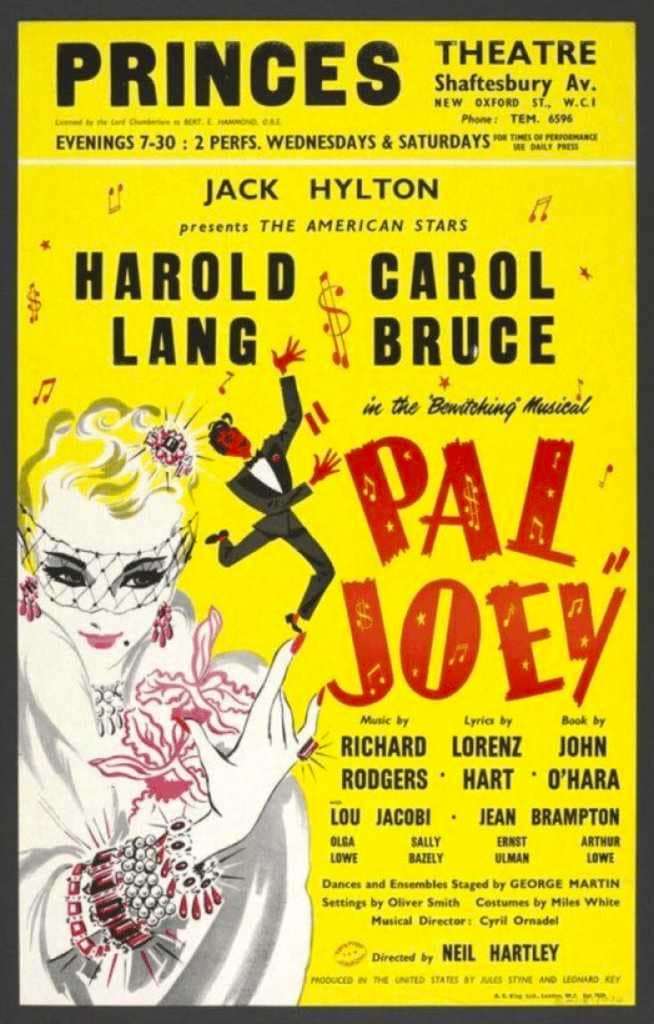
As British audiences developed a taste for American trends due to the growth of the movies and emergence of television, the West End saw an increase in Hollywood stars crossing the Atlantic to star in variety shows and plays. In 1948, Hollywood star Marjorie Reynolds starred in Richard Bird’s Burlesque – A Play With Music. The following year, Jane Russell’s variety show proved to be a huge success. In the fifties under the ownership of Jack Hylton, this trend for American musicals continued, with shows like Gentlemen Prefer Blondes, Kismet, and Pal Joey transferring from Broadway to the Shaftesbury.
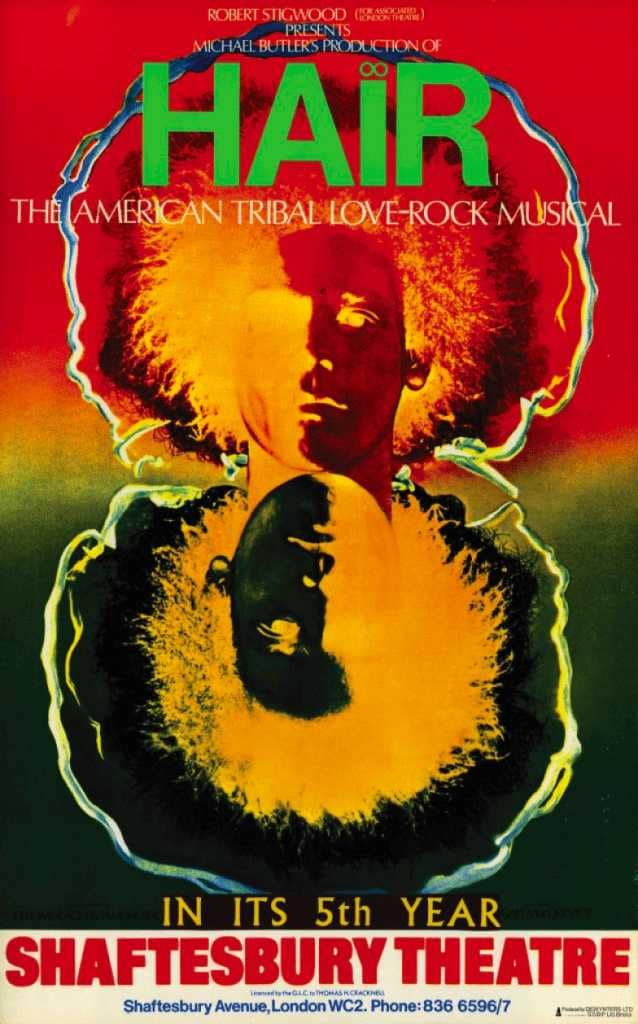
The day after the abolition of theatre censorship in 1968, the revolutionary musical Hair opened at the Shaftesbury Theatre. The controversial and, for some, scandalous show was a huge success, running for almost 2,000 performances.
Hair was at the centre of a significant conflict in the history of theatres in London’s West End. Following the significant damage to London during the Second World War, planners, developers and residents of the City wrestled with the challenge of redevelopment. The needs of road transport were prioritised, with a large number of theatres being at risk as new highways were being proposed throughout the capital. After the Shaftesbury’s ceiling collapsed, suspected by many to be a malicious act, the Theatre became a catalyst for the campaign to save London’s theatres. Being forced to close, the Theatre was vulnerable to redevelopment, and was threatened with demolition. Leading actors of the day, the entertainment industry and unions joined forces in passionate protests, which included the cast of Hair performing their 2,000th show in the street outside the Theatre. The Theatre was saved and the Save London Theatre campaign was formed to fight for the preservation of theatre buildings in London for almost half a century. The impact of the protests lived on. The 1976 Theatres Trust Act was passed and the Theatres Trust was entrusted with the duty to protect all theatre buildings in the UK.

In 1983, the Producer and Playwright, Ray Cooney, took out a lease on the Shaftesbury Theatre to host his company, the Theatre of Comedy Company. The theatre became the national centre for the very best production of comedy plays. Its early productions, notably Run for your Wife and Two into One, both written by Ray Cooney, enjoyed great commercial success and allowed the Company to purchase the freehold of the Theatre. Its ownership remains, with television executive Don Taffner joining in 1986 and providing leadership from the early 1990s. His son is now the Chairman. Successes during this time included both musicals and plays, most notably They’re Playing our Song (1980) Follies (1987), Kiss of the Spiderwoman (1992), and M Butterfly (1989). The Theatre welcomed huge stars to its stage during this time, including Chita Rivera, Anthony Hopkins, Peter O’Toole, and many others.
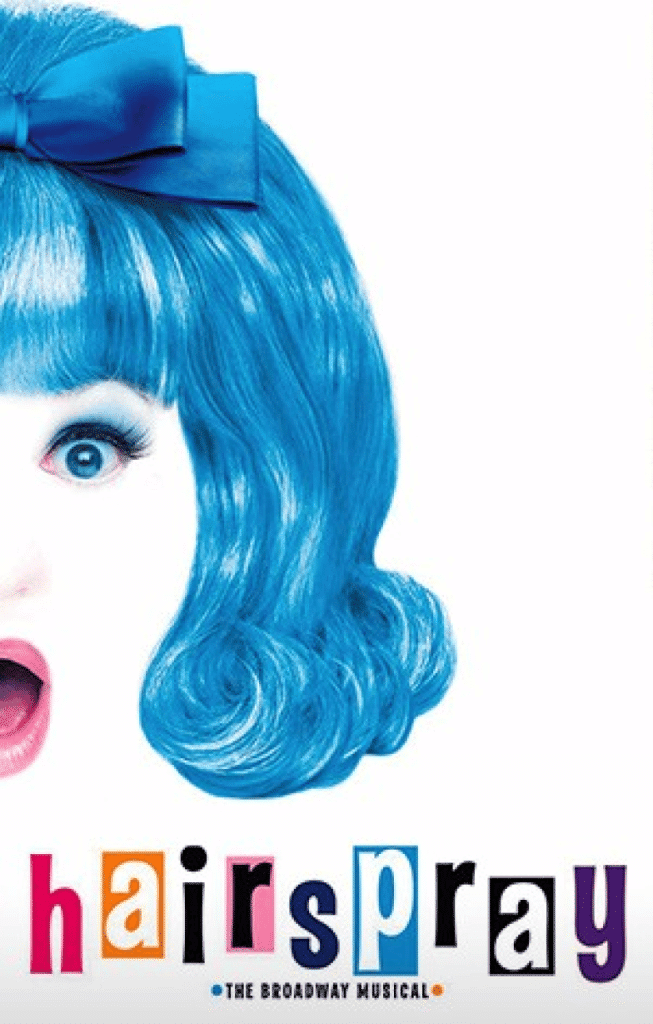
Over the past twenty years, the Shaftesbury Theatre has welcomed countless Tony Award and Olivier Award-winning productions to the West End. Musicals like Hairspray, Memphis, and Berry Gordy’s Motown have enjoyed successful runs.
In 2019, the Theatre opened with the world premiere of & Juliet. The show received critical acclaim, winning three Olivier Awards, six WhatsOnStage Awards, and a Black British Theatre Award for Best Female Actor in a Musical.
Our recent building works have updated the Theatre for the 21st century. The building works have reconfigured the auditorium, provided state of the art air conditioning and ventilation, a spectacular fly tower with significantly increased technical capability, larger hospitality and public spaces, new toilet facilities and radically improved accessibility. Outside, a new landscaped open space has been created by the London Borough of Camden, Princes Circus, that will serve our audiences whilst giving a wonderful setting for our historic building. Click here for more updates on our developments.